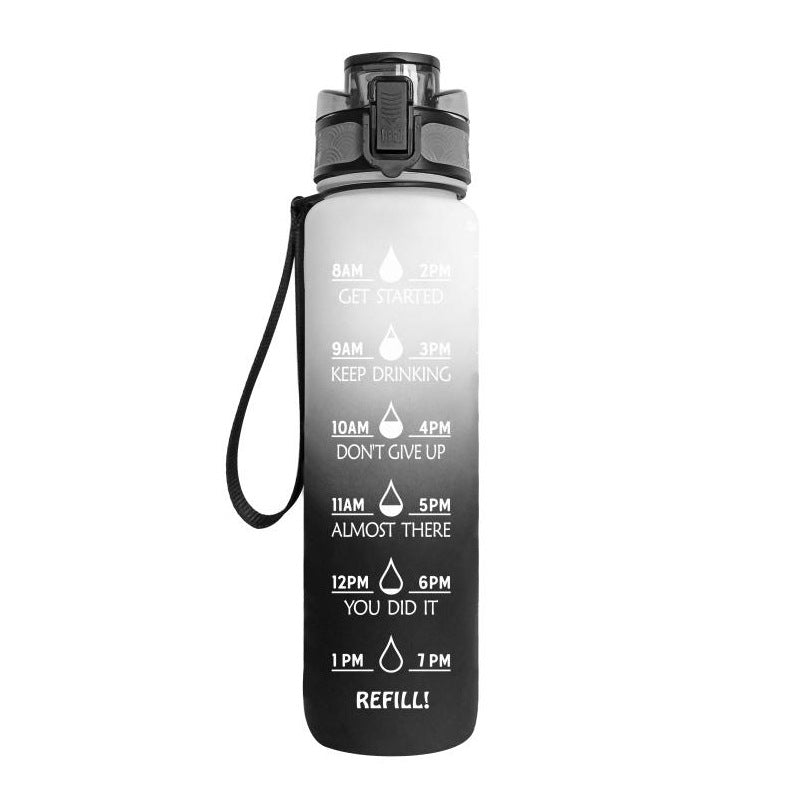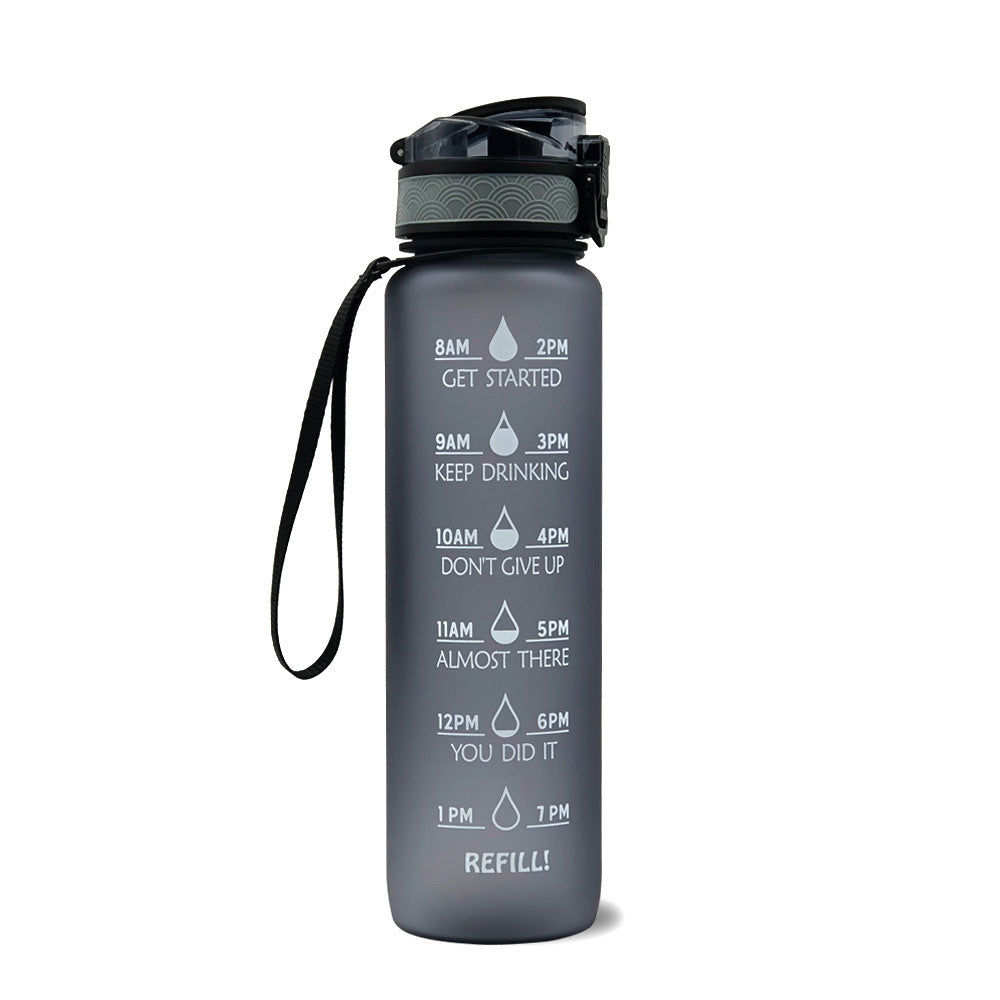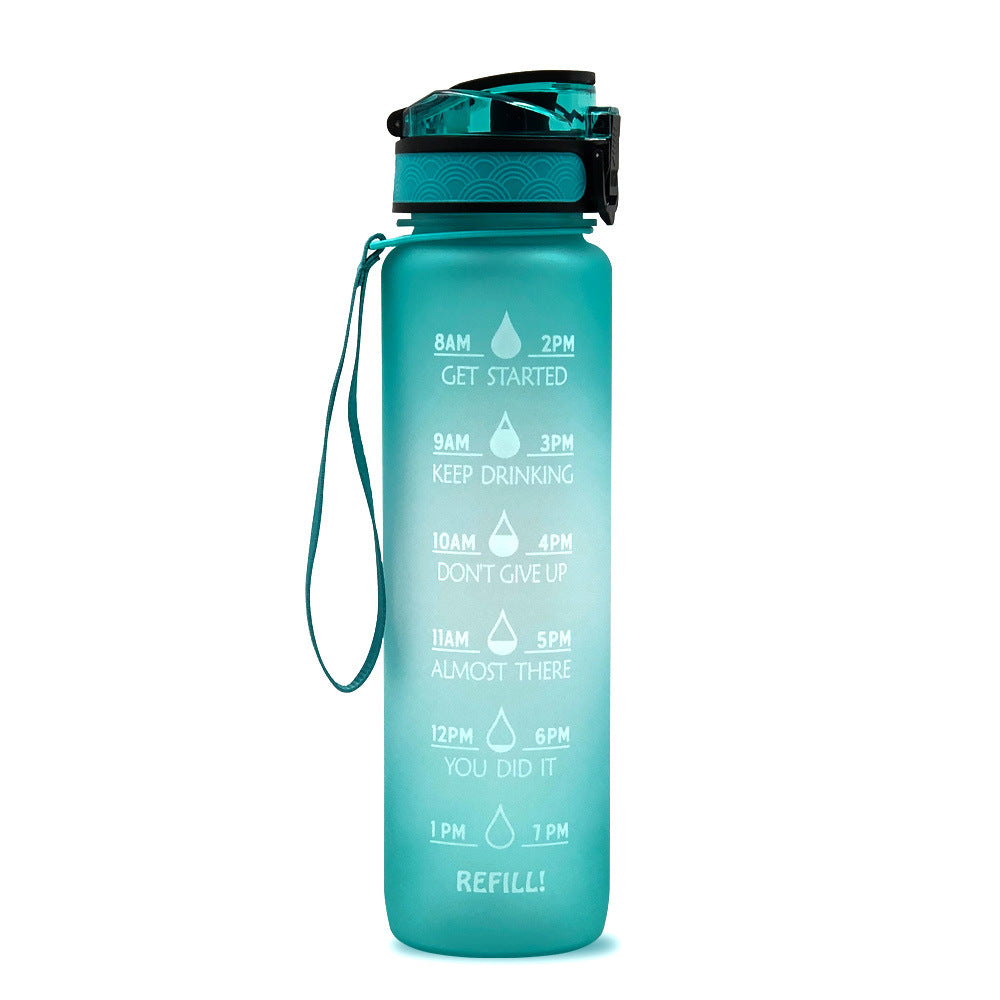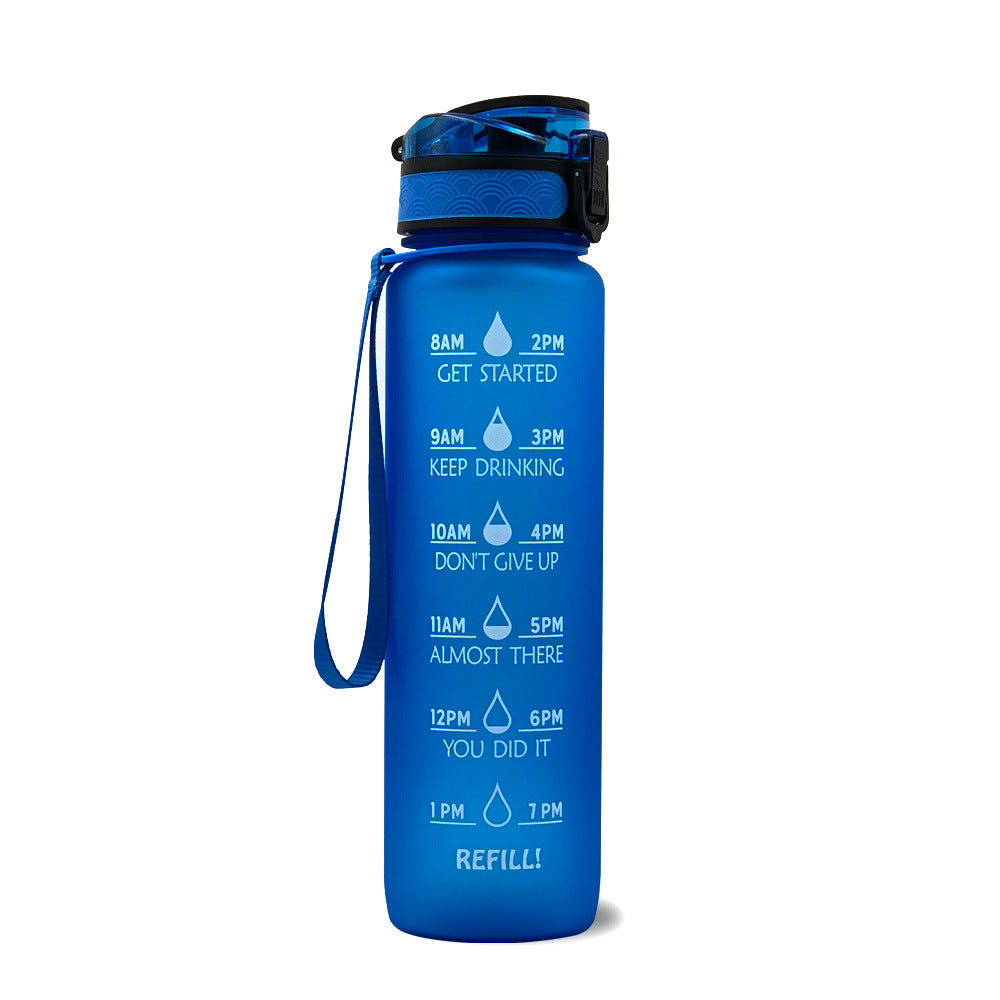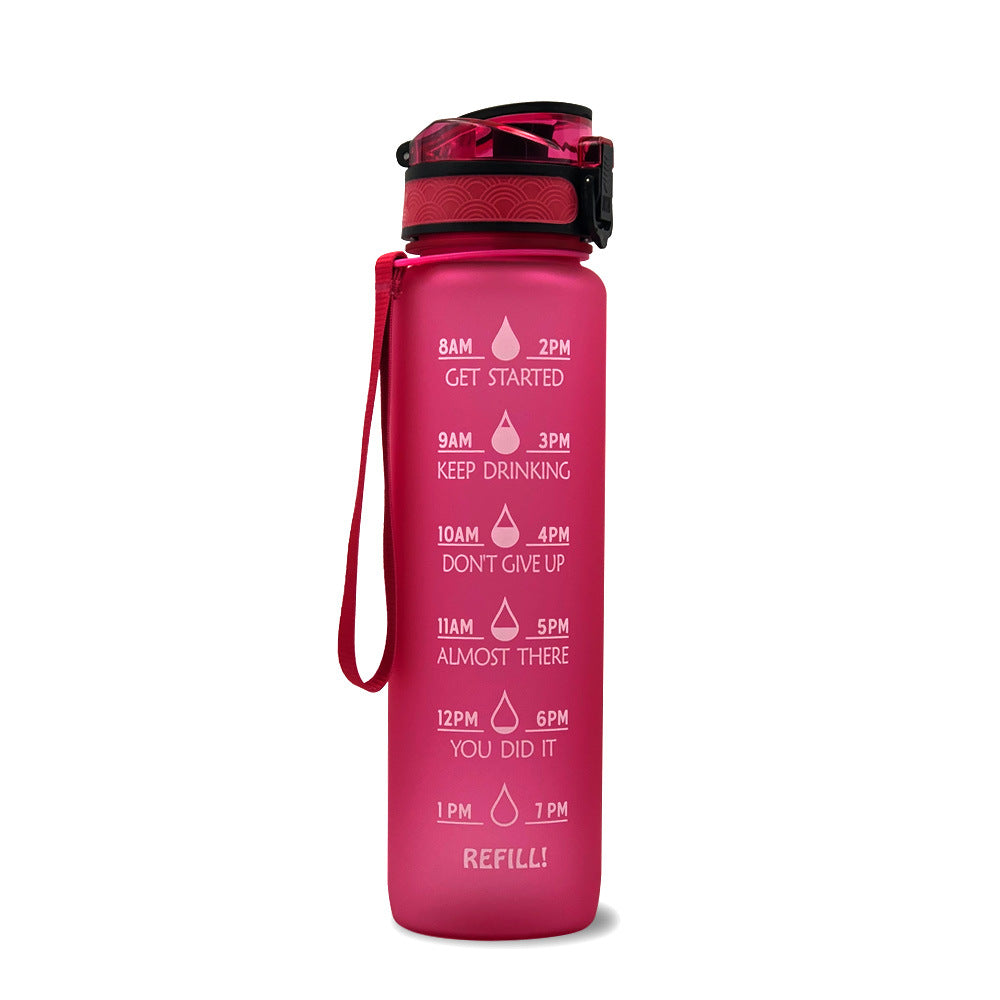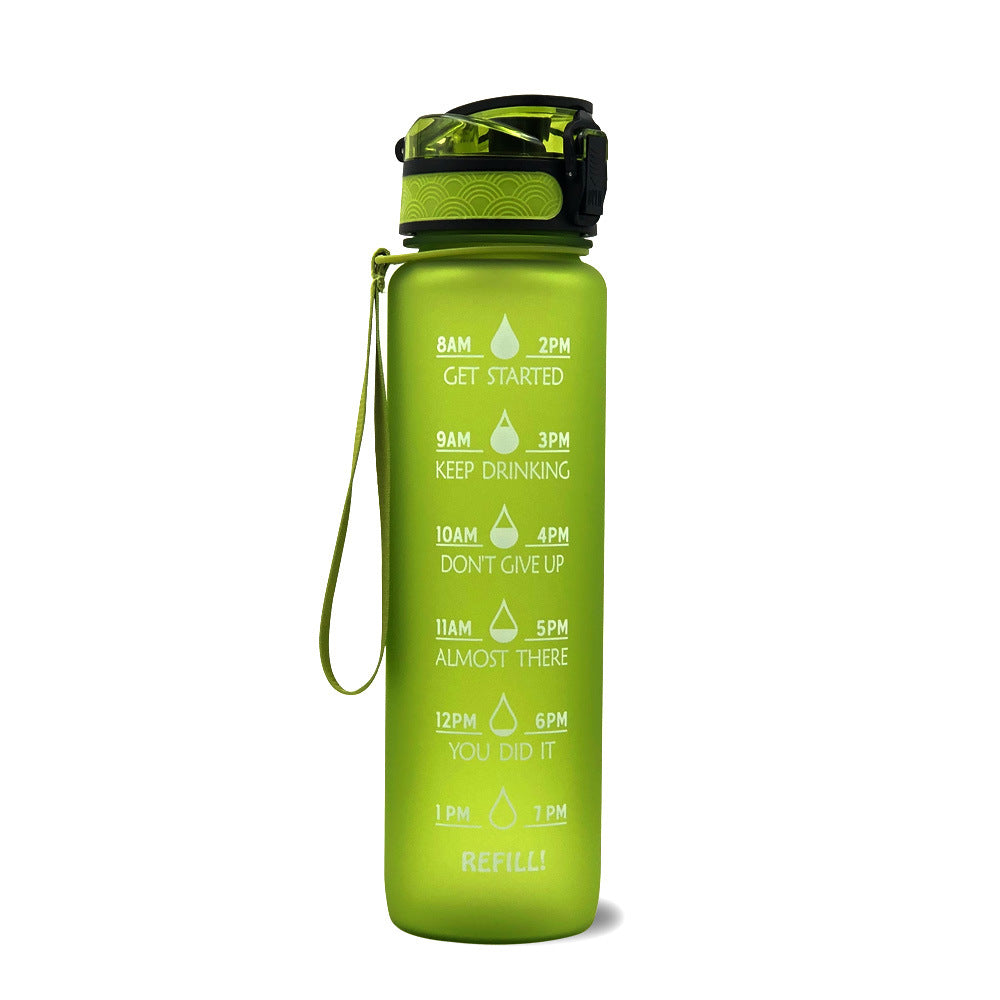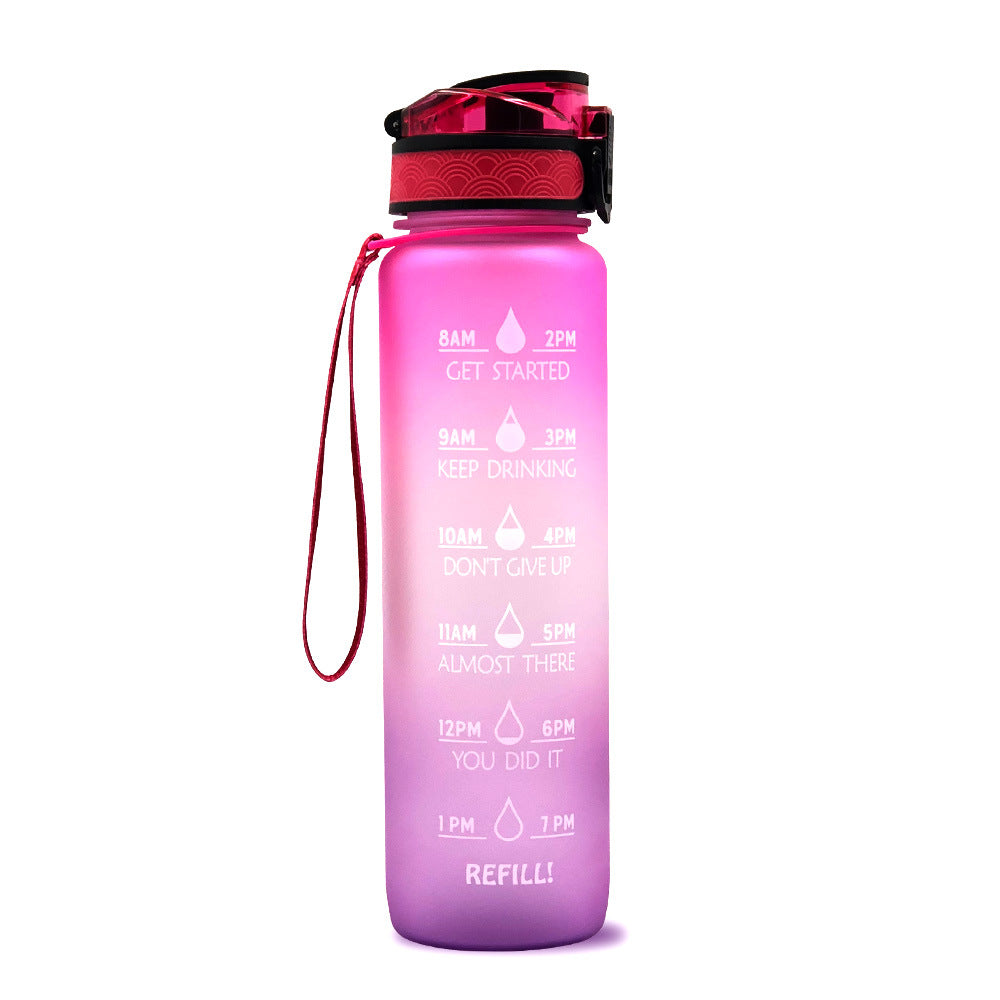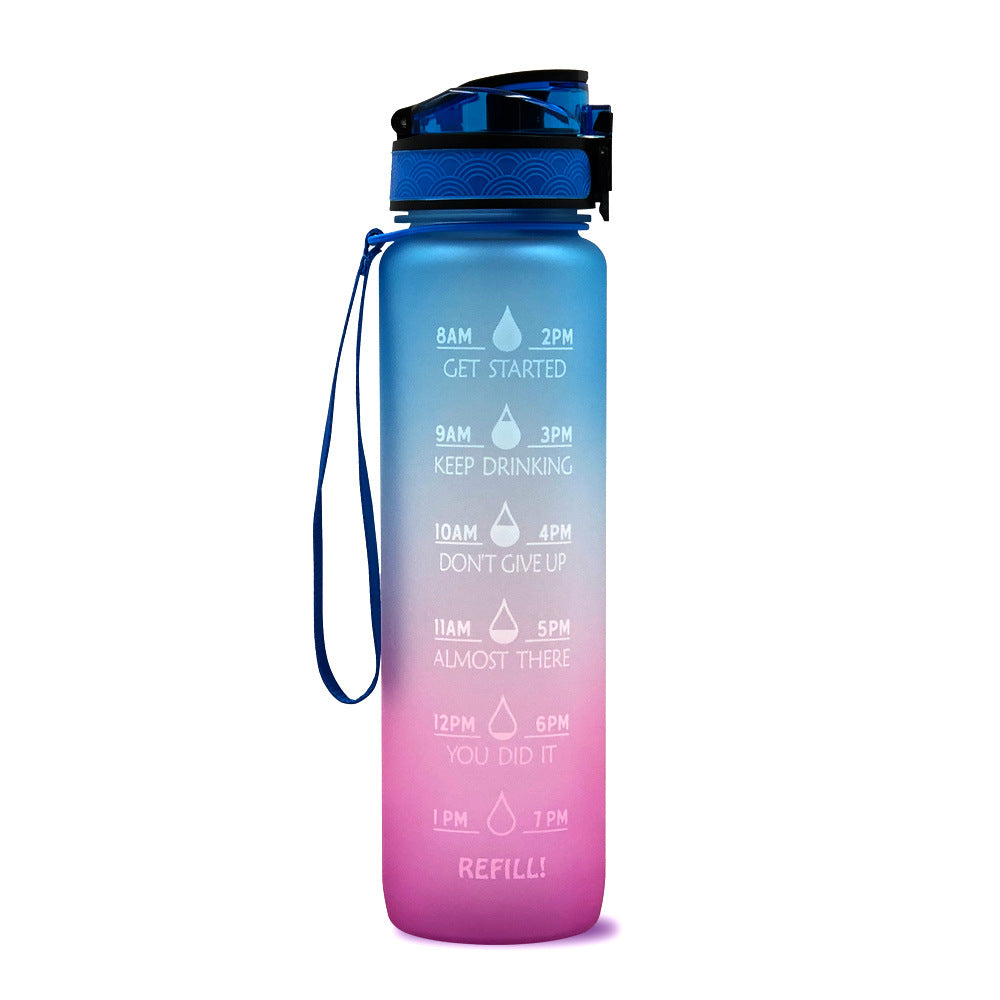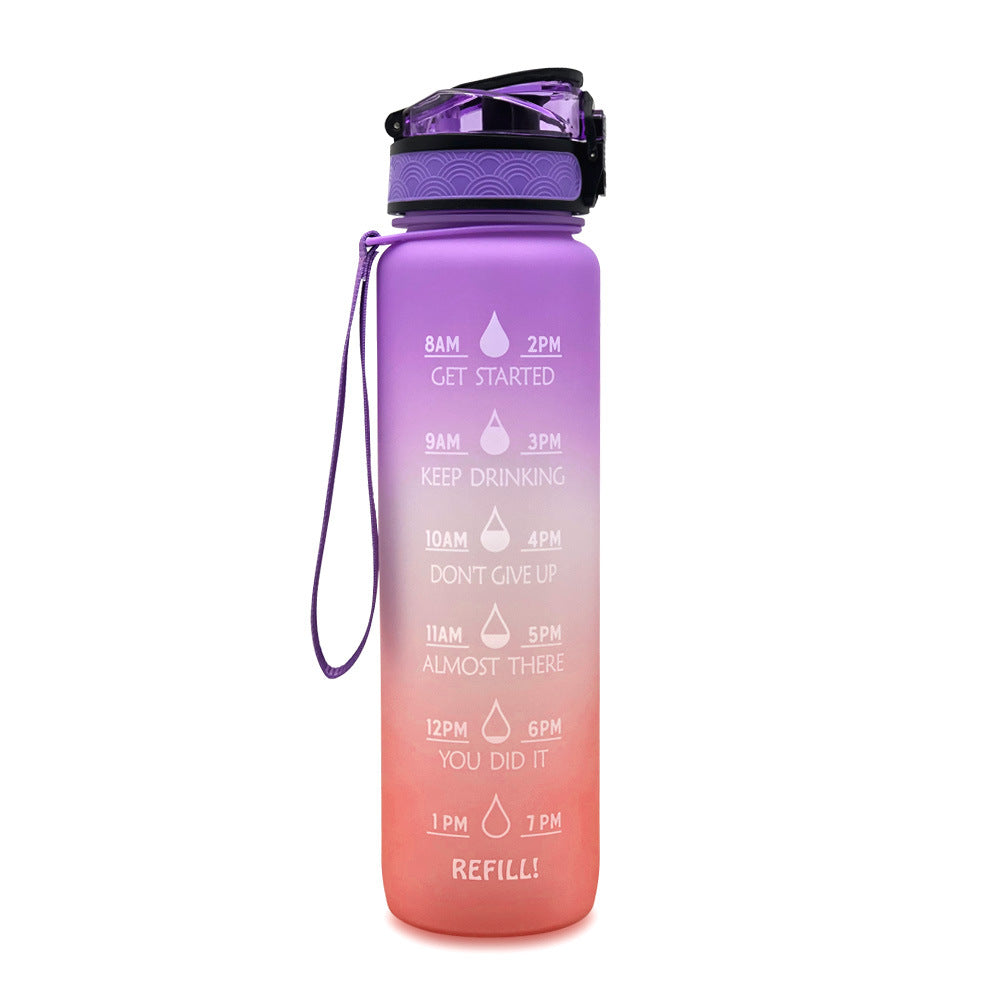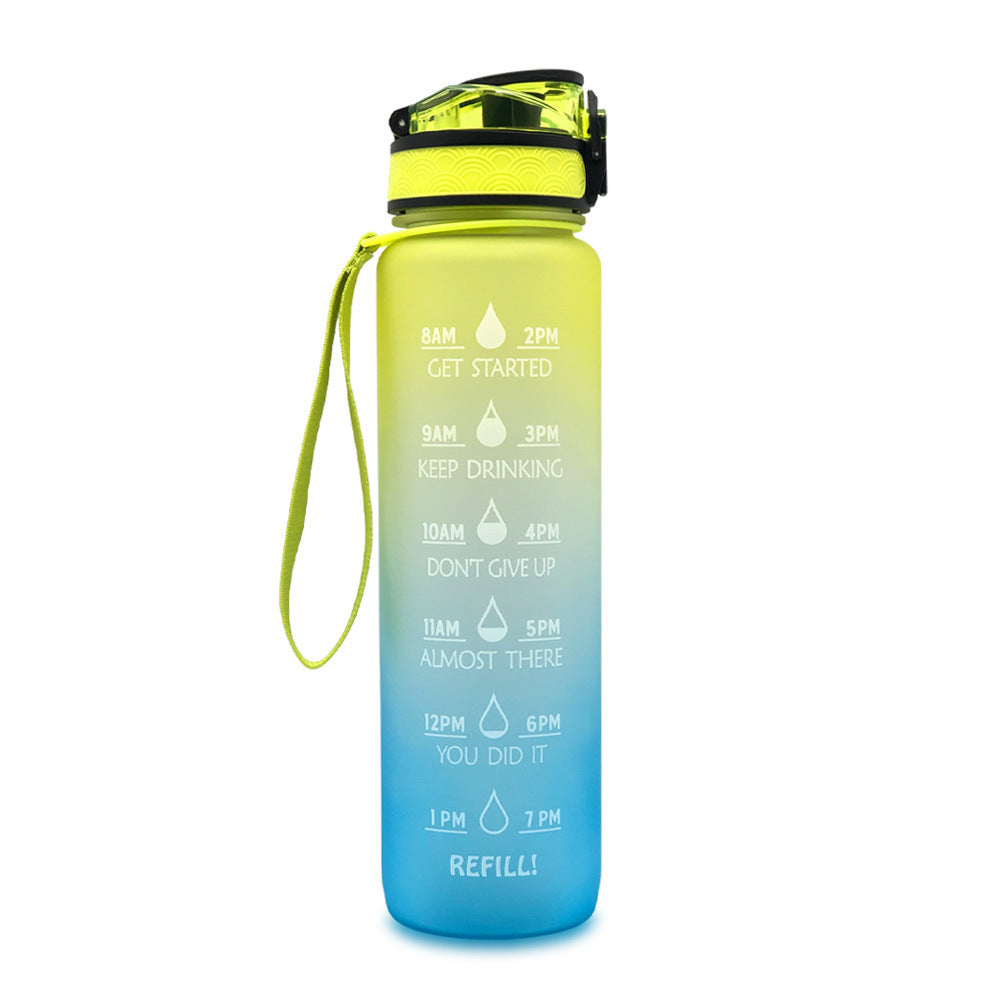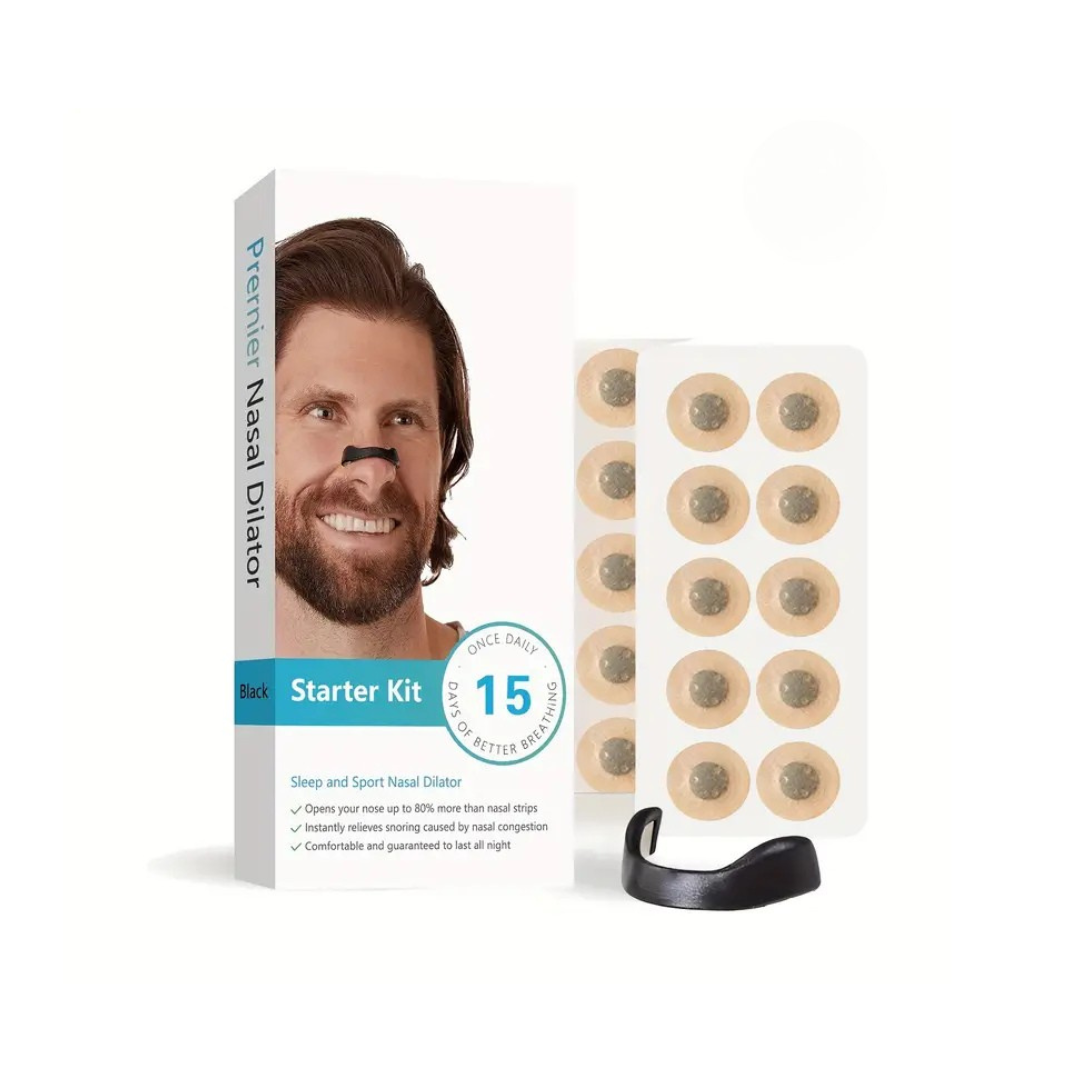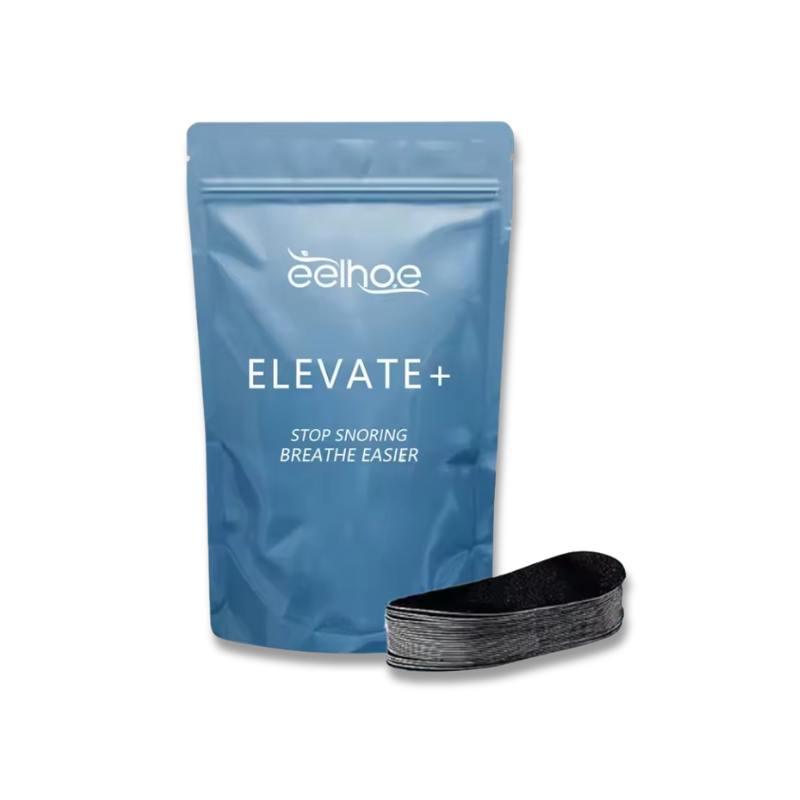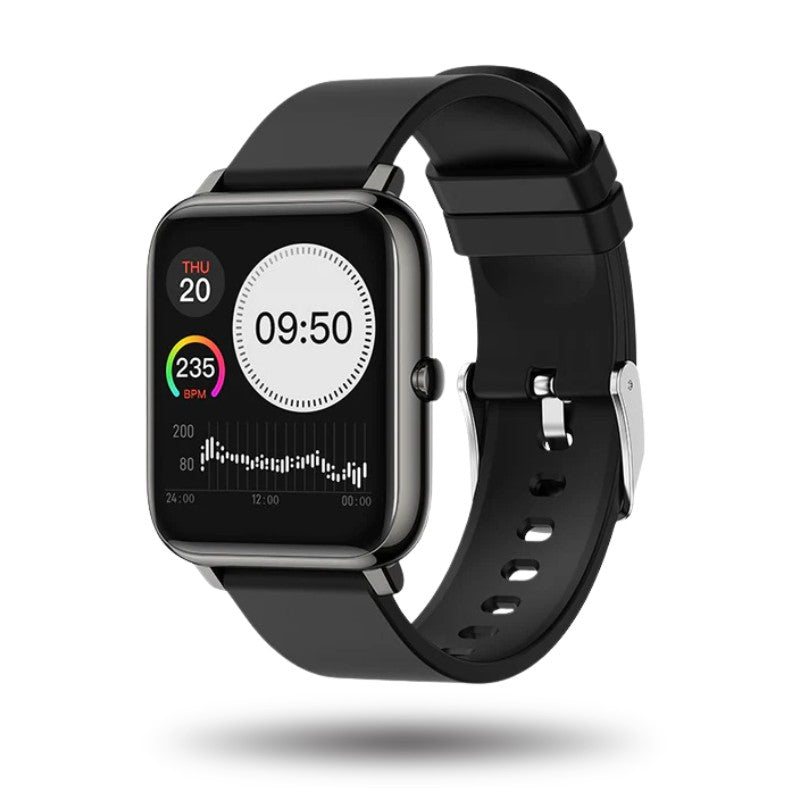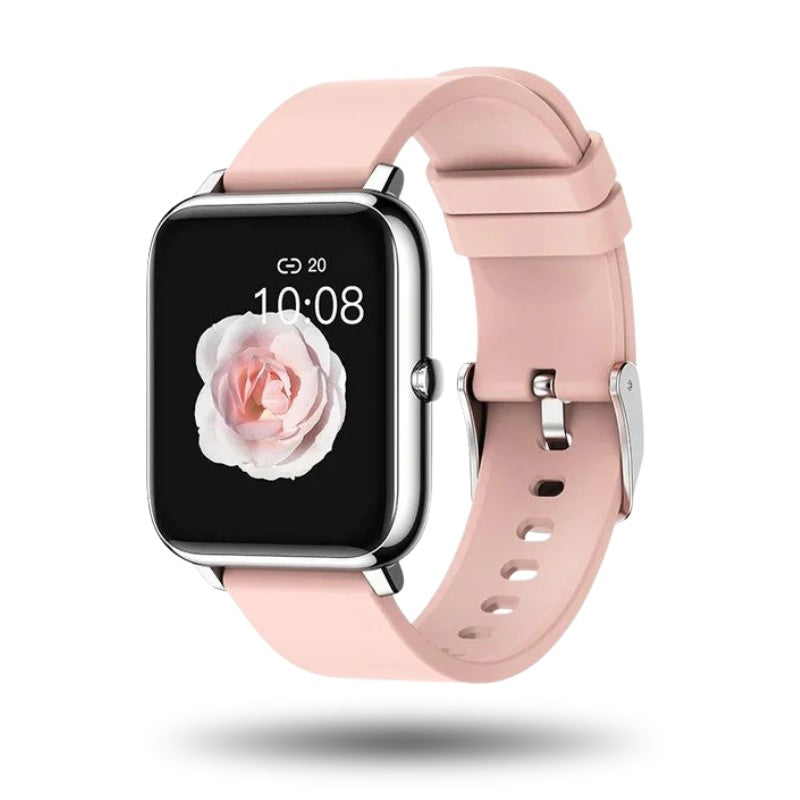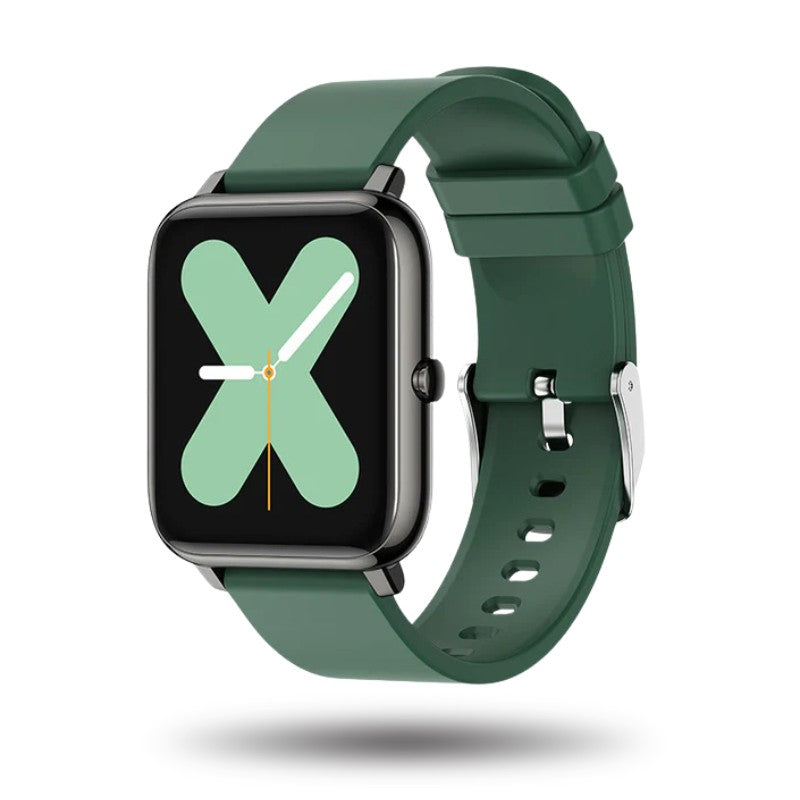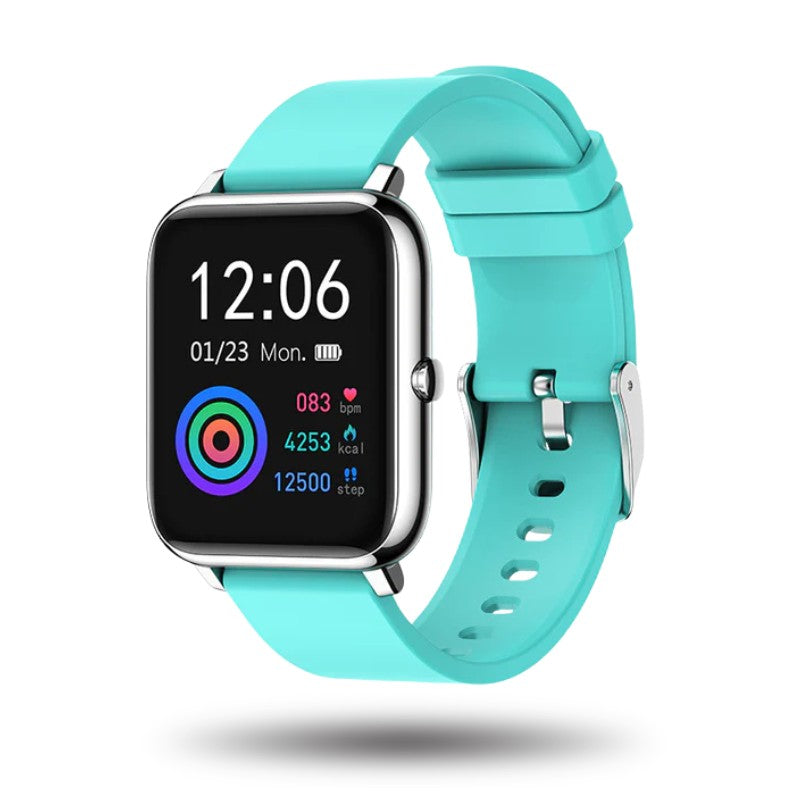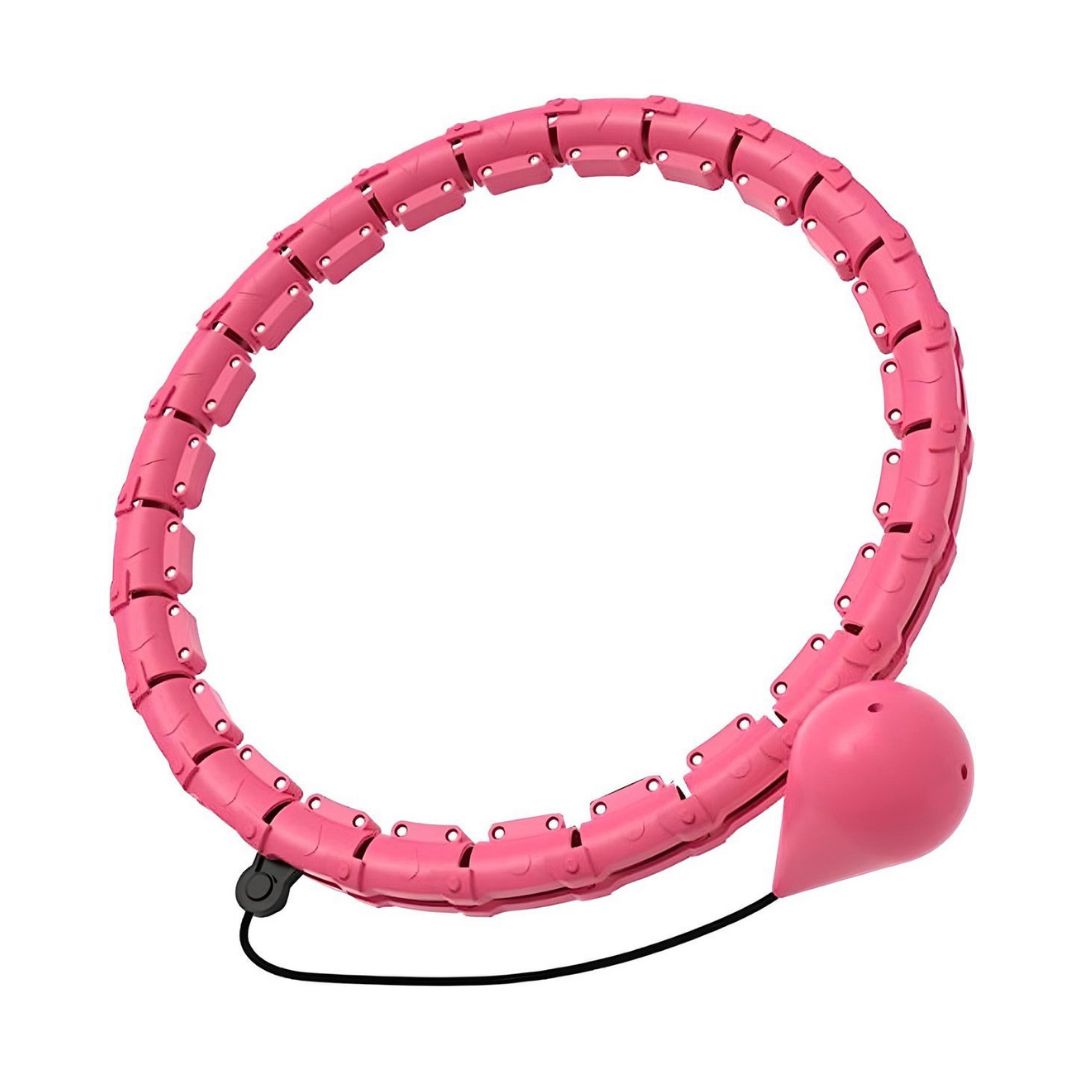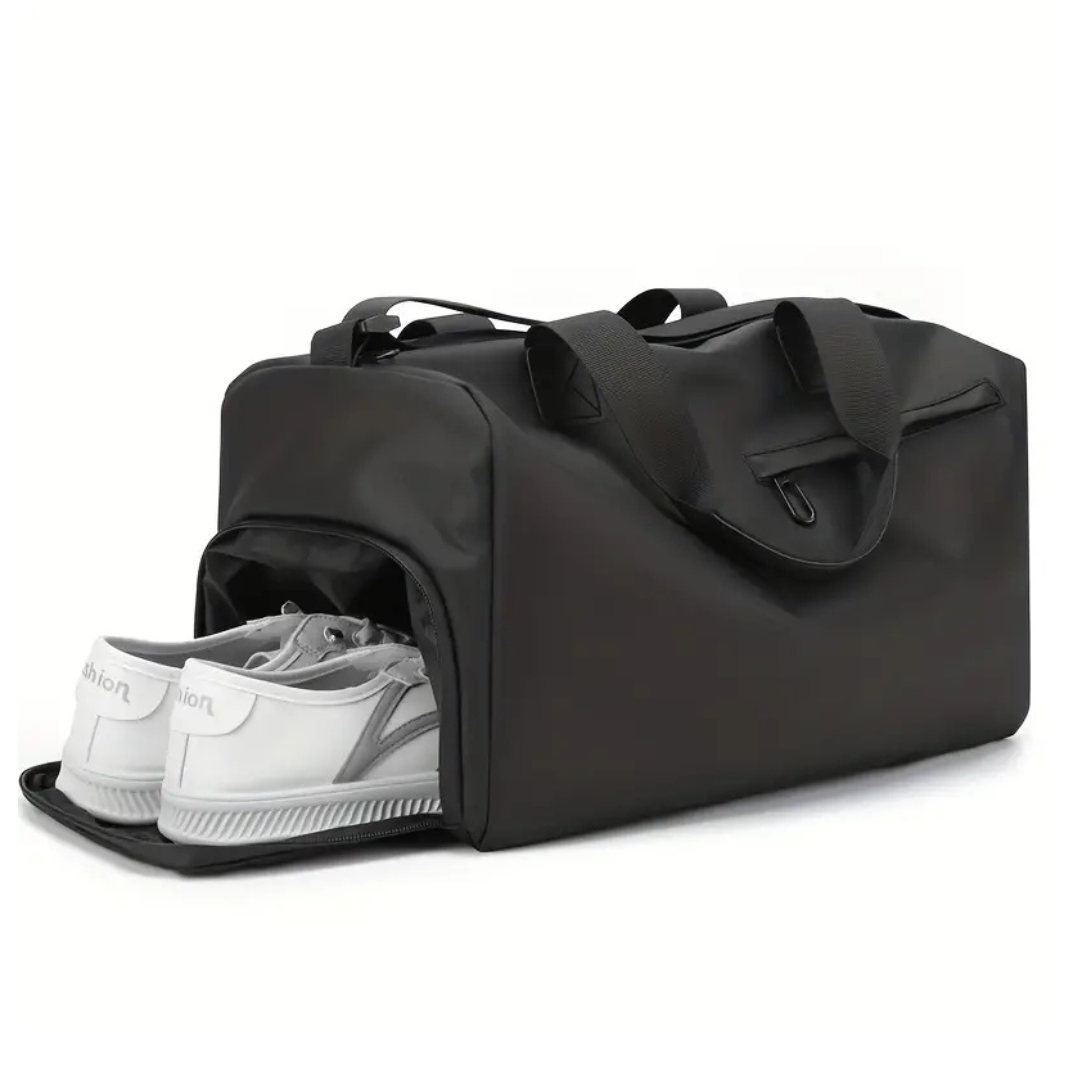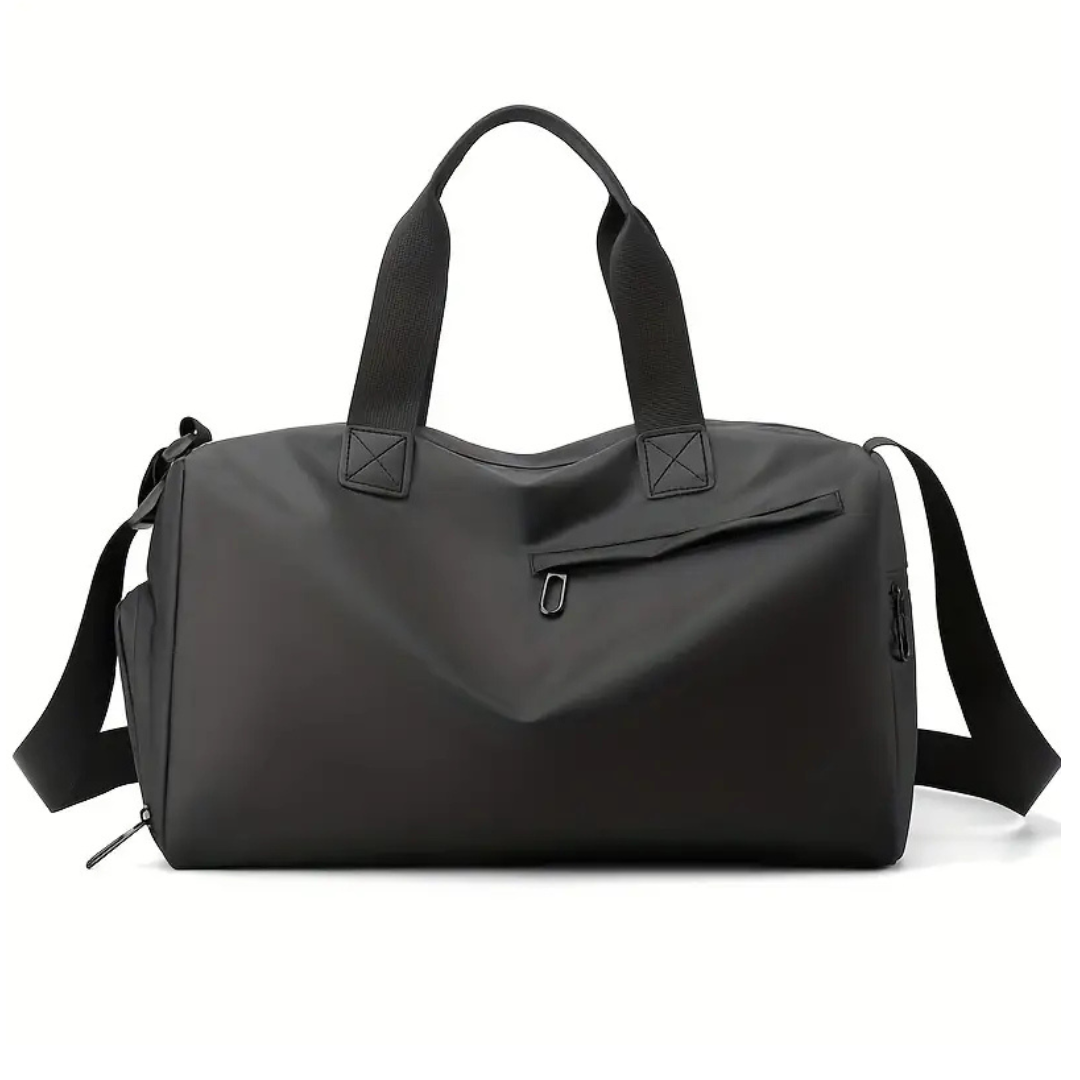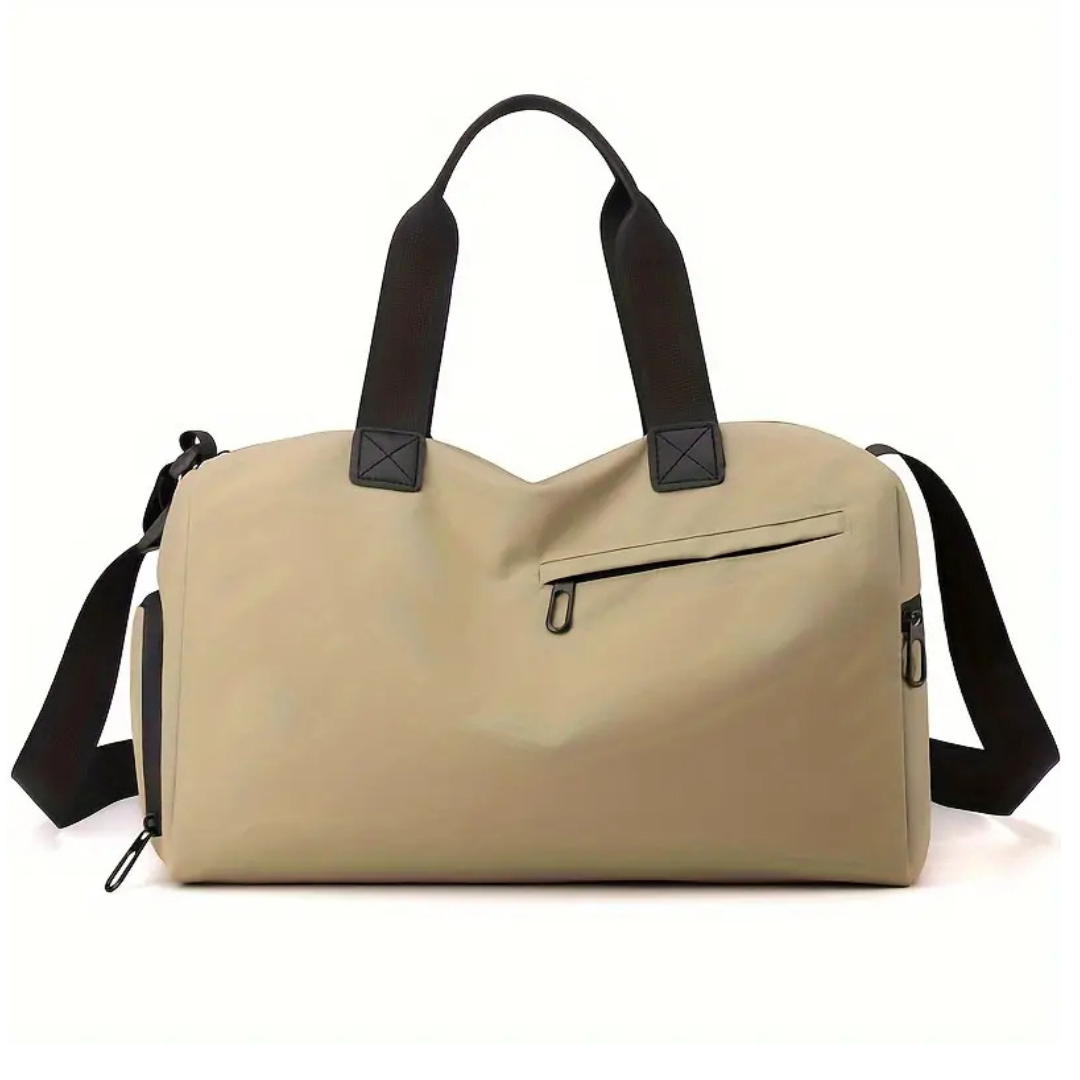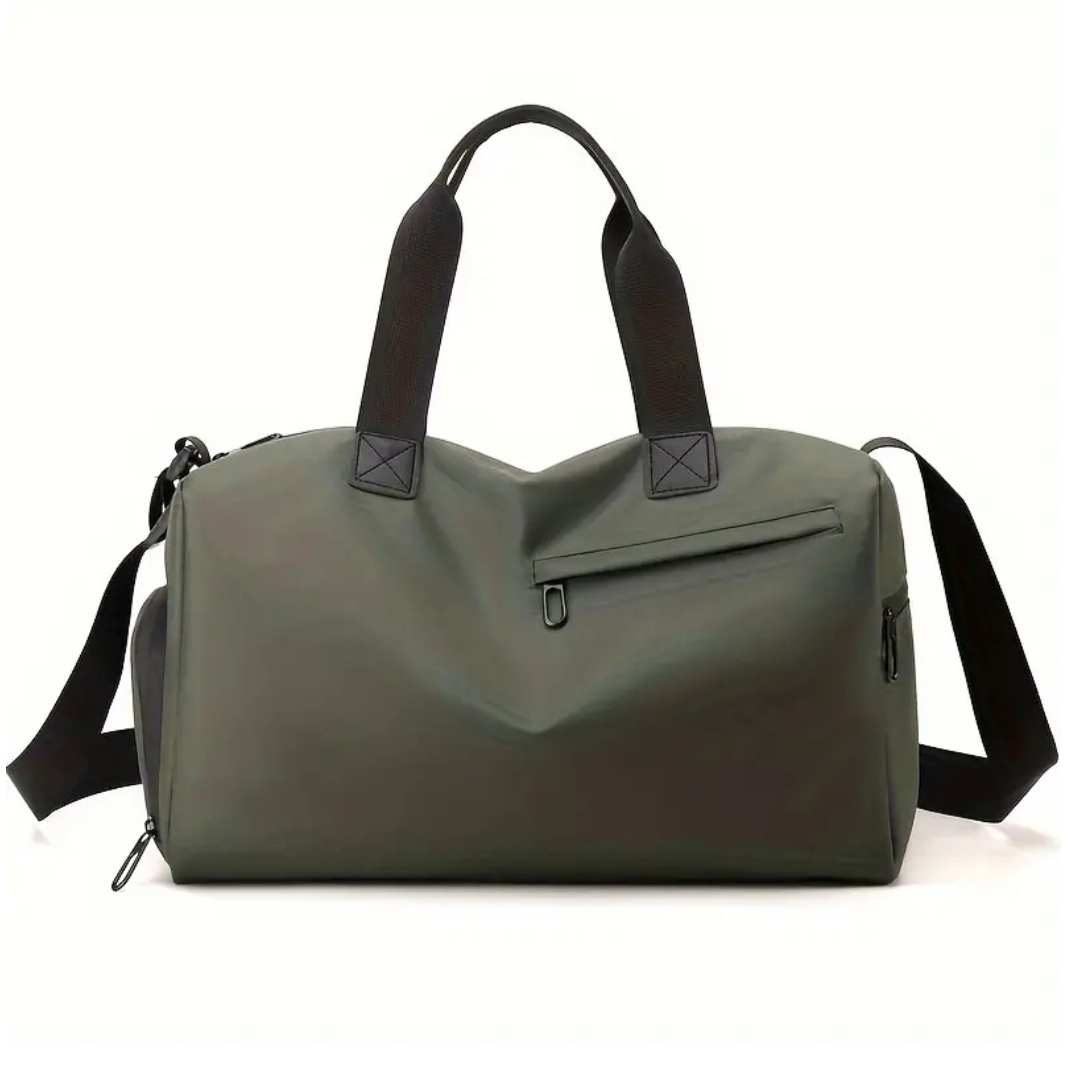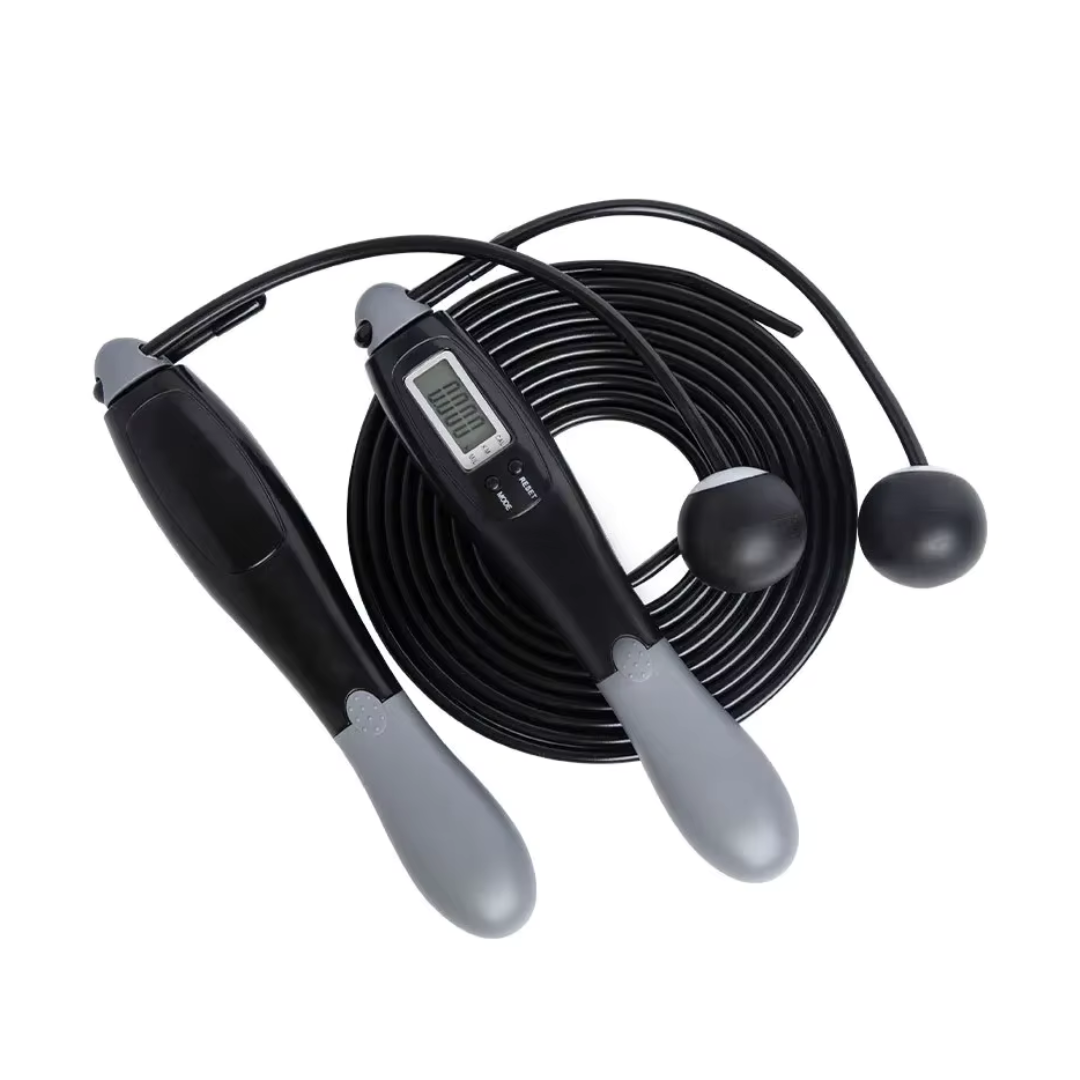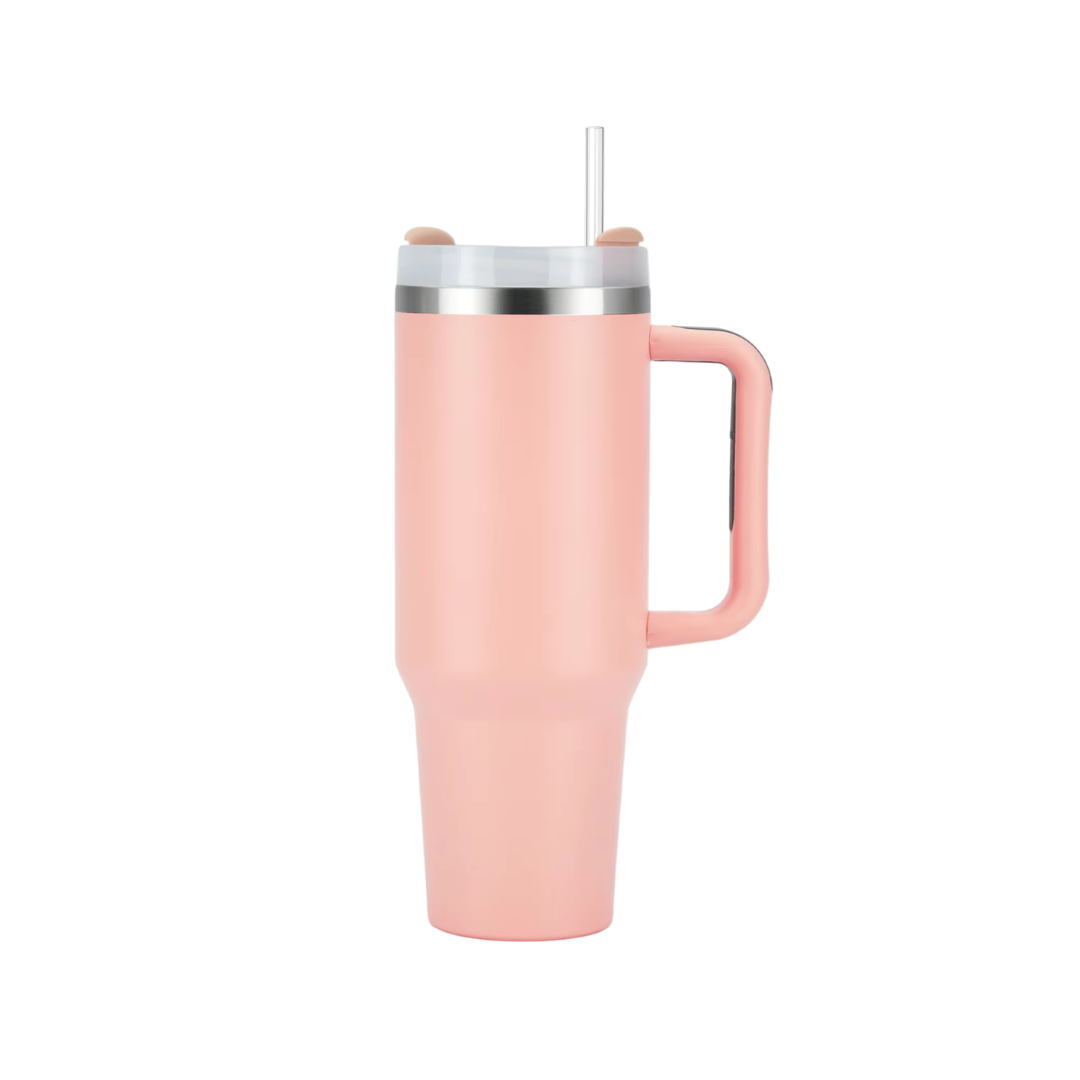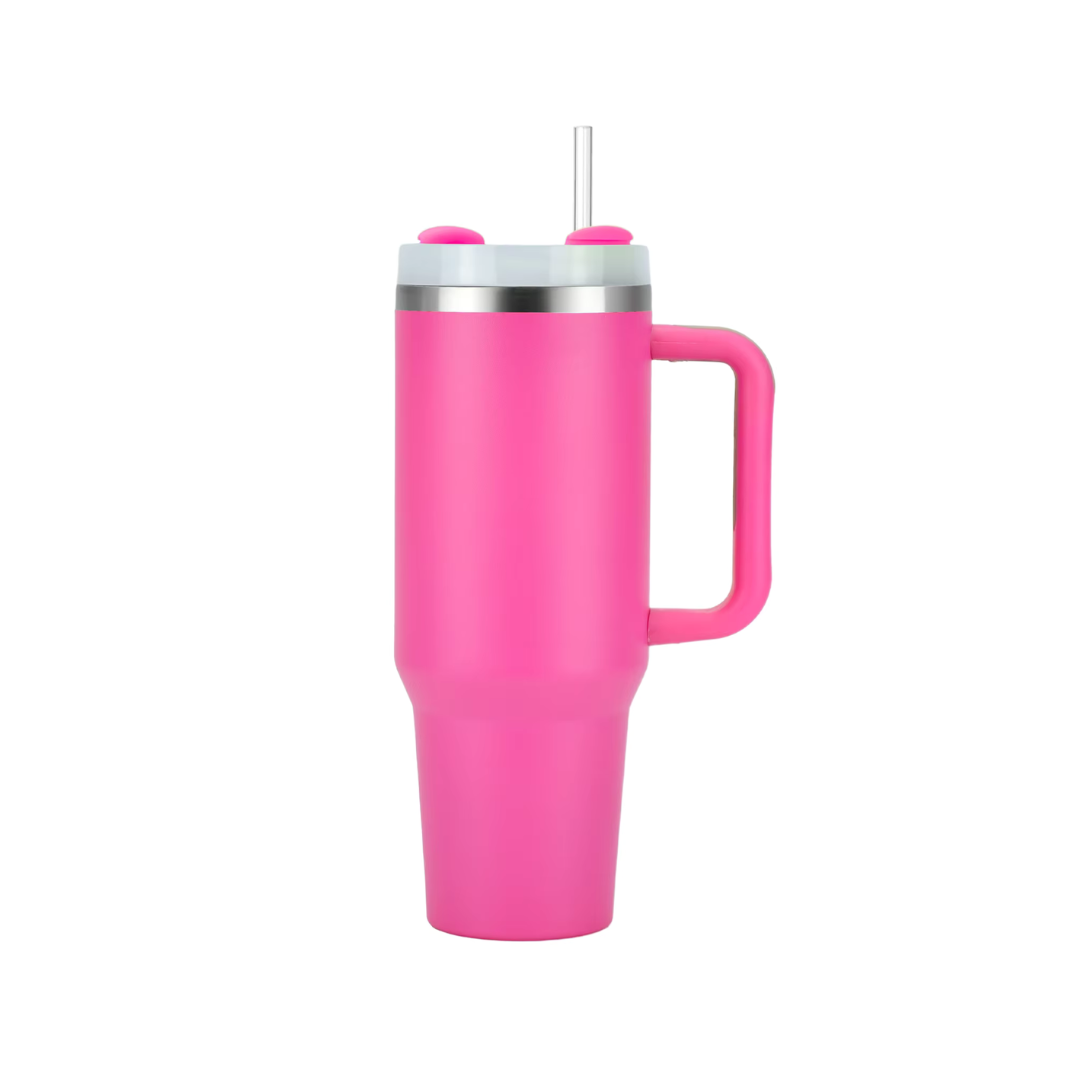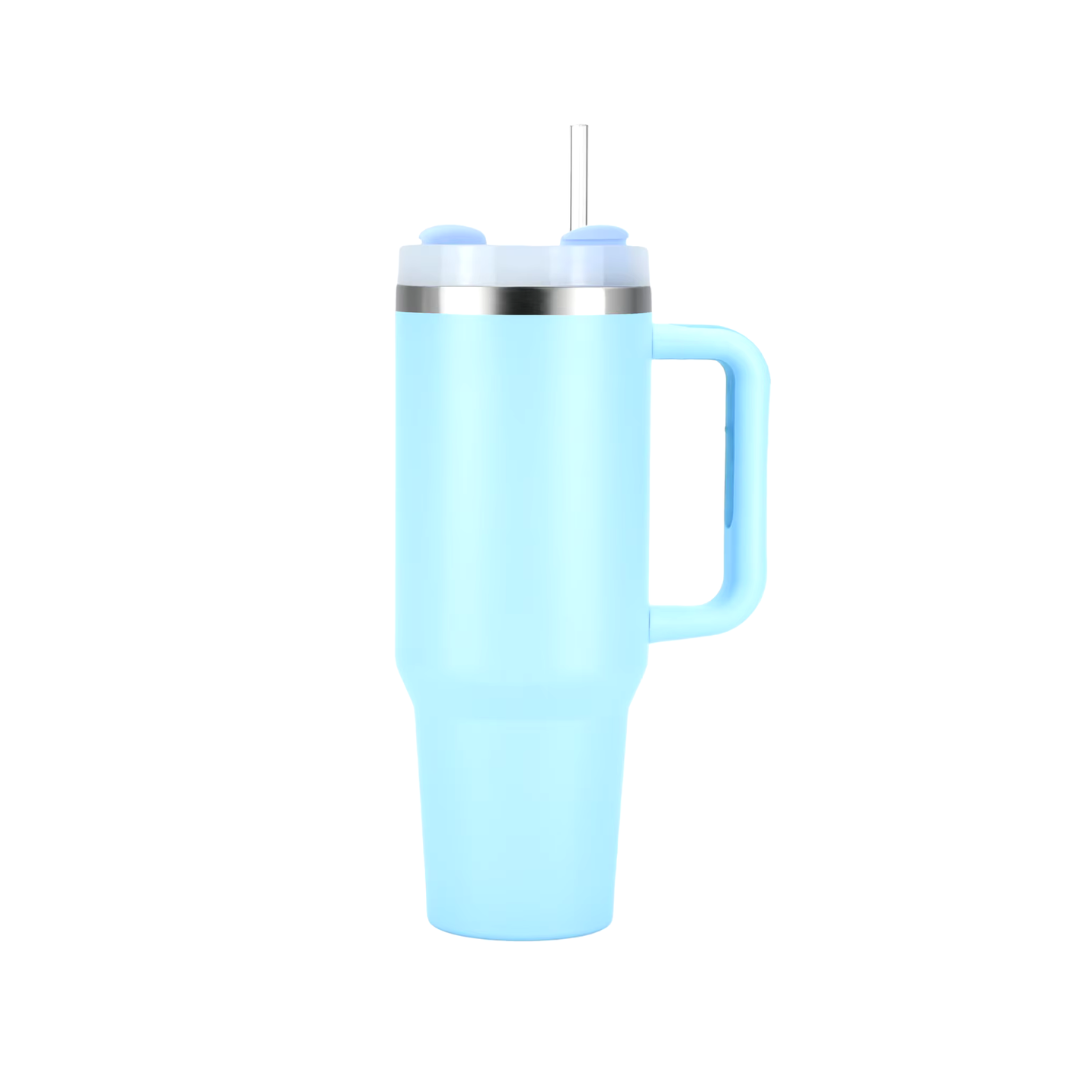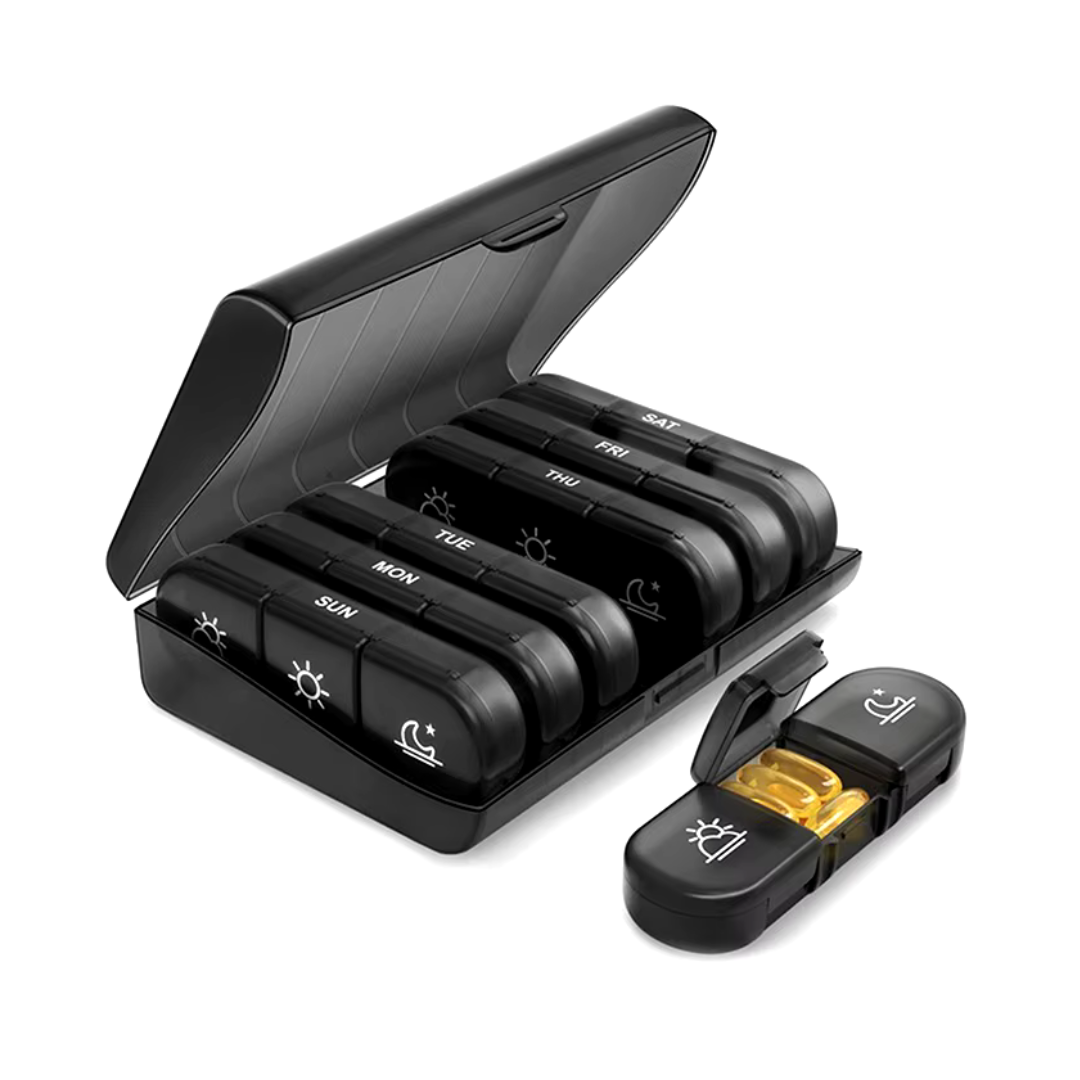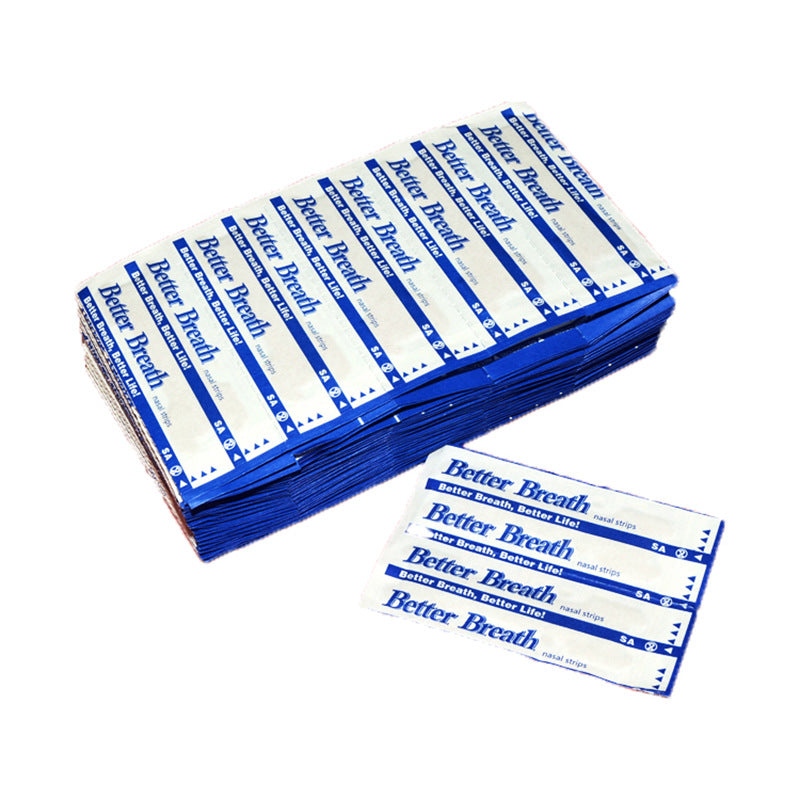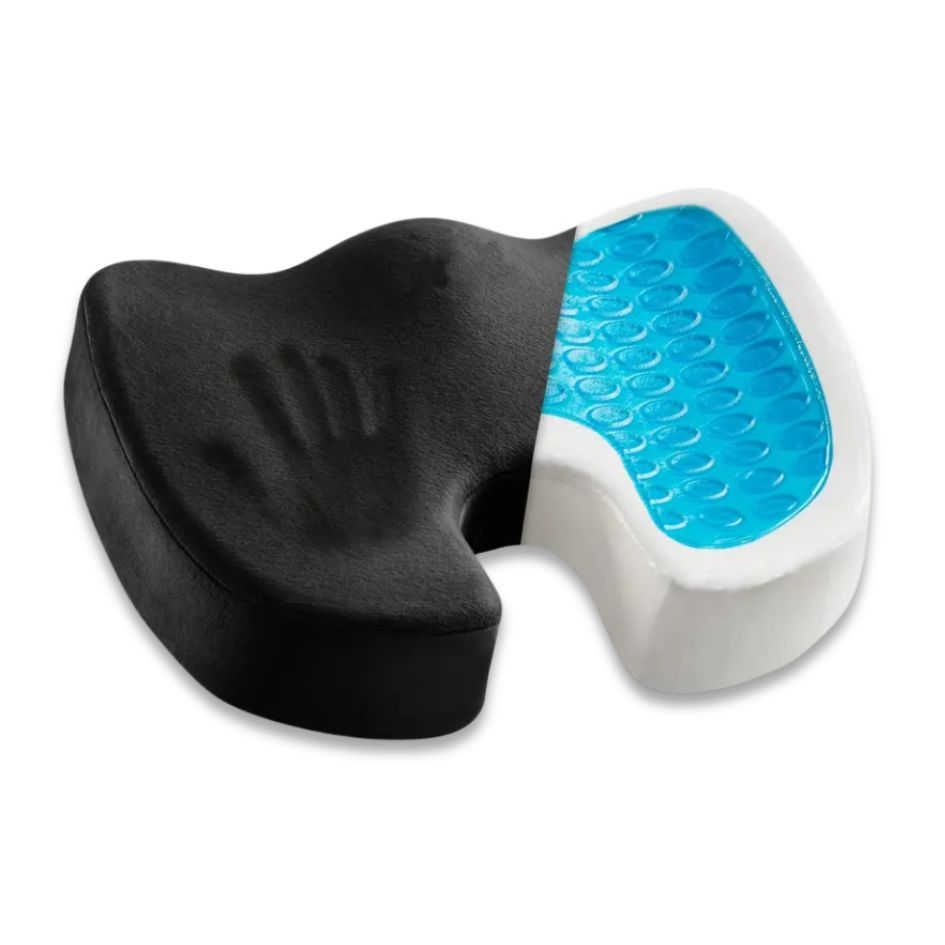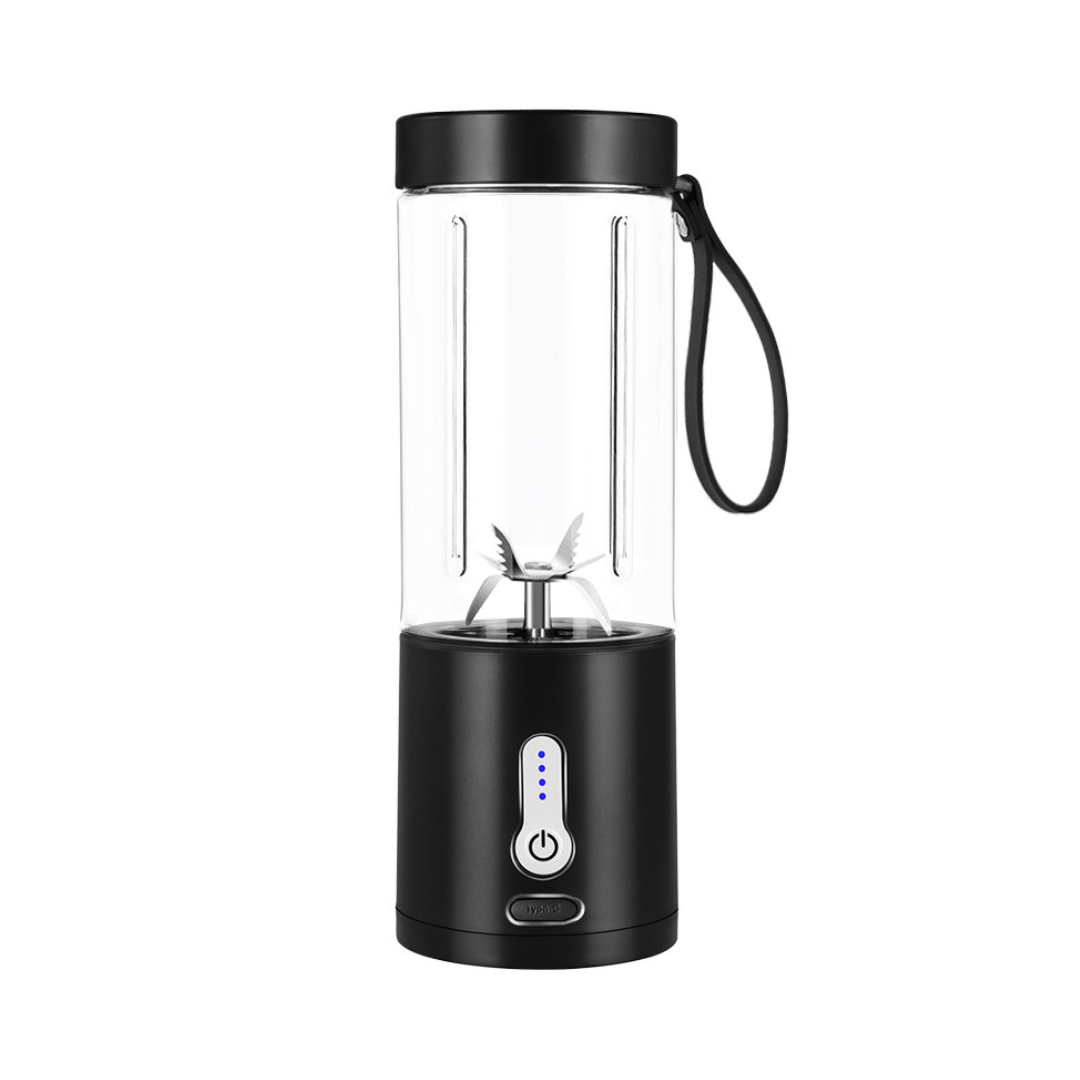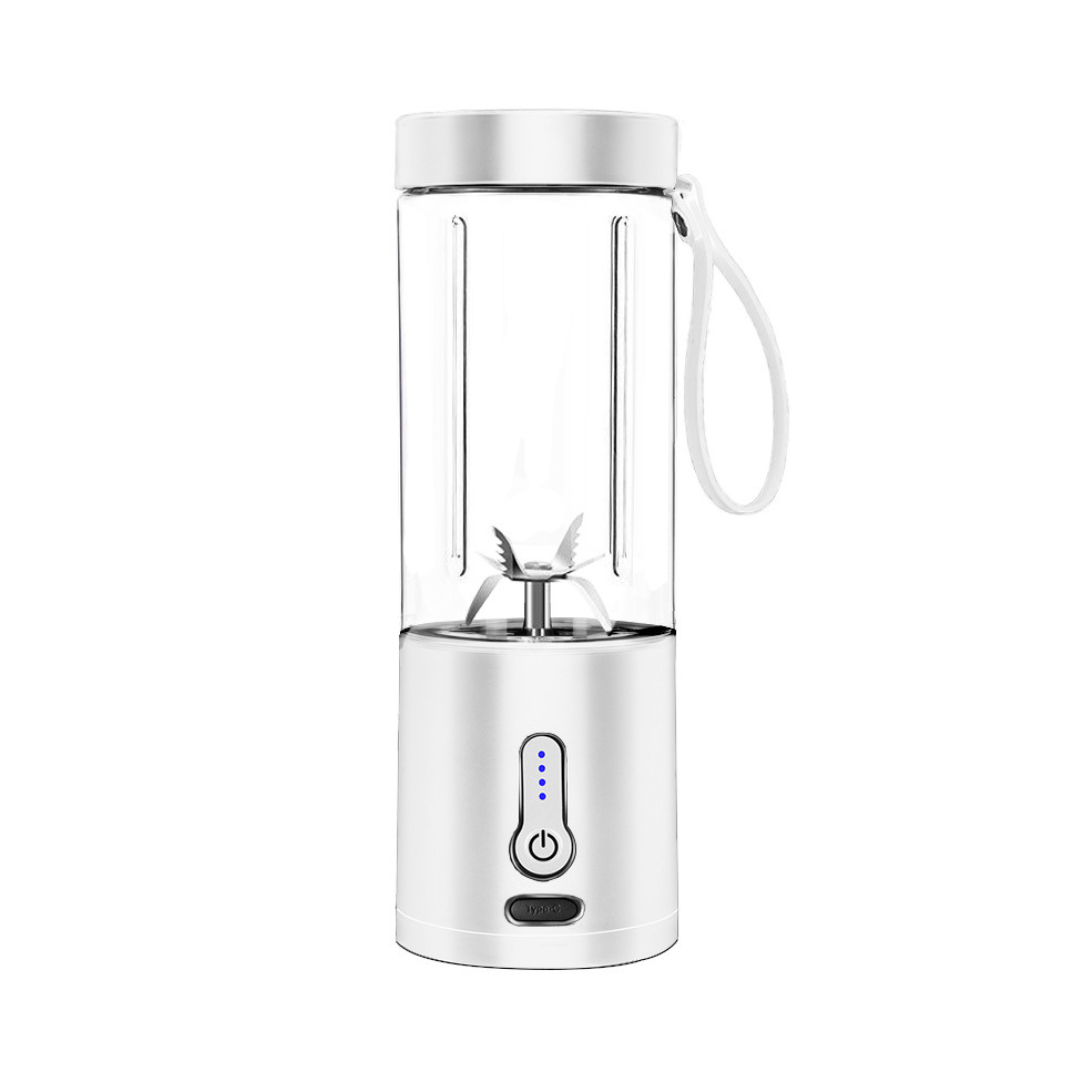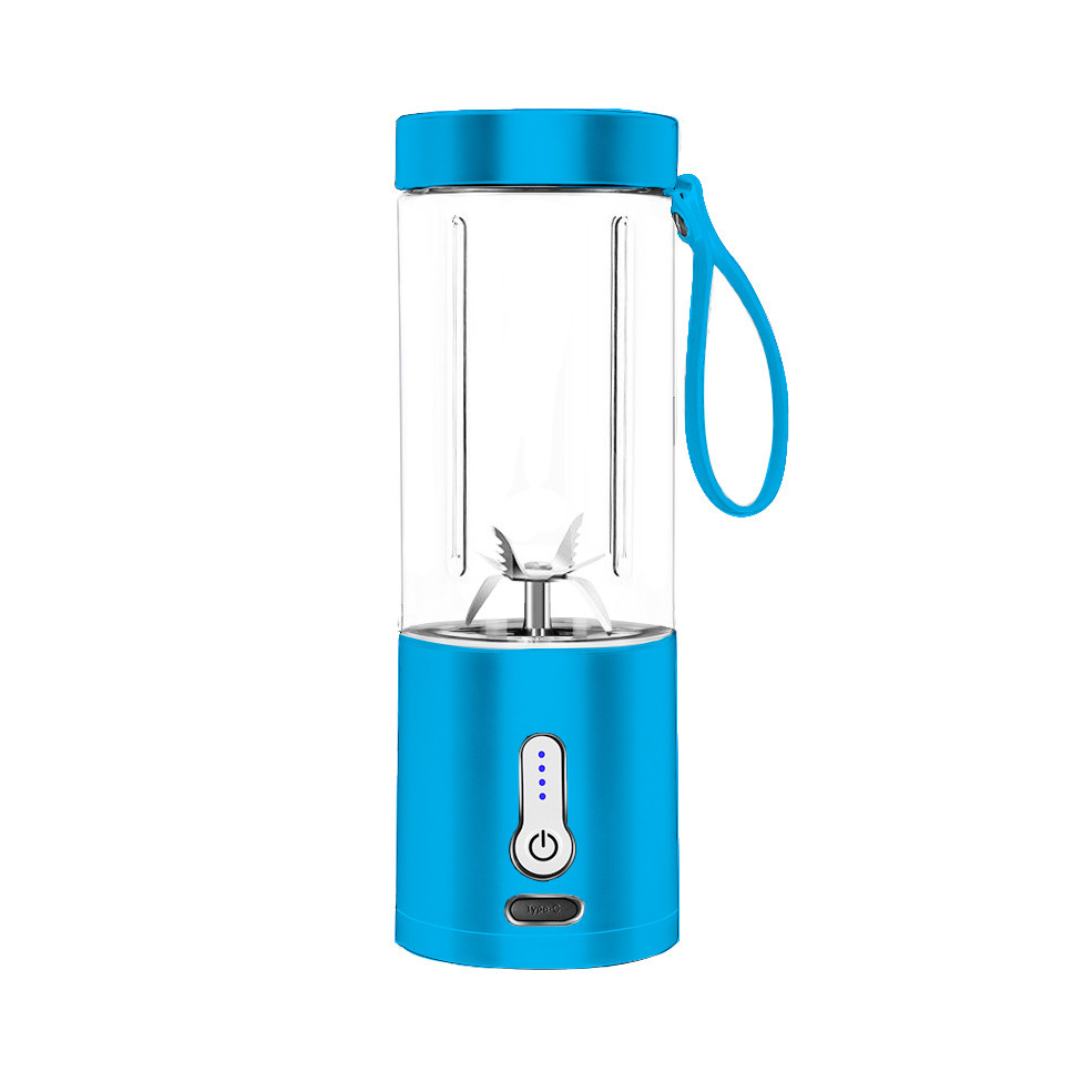
A good workout is essential to your fitness goals, but recovery is just as important. Recovering quickly and effectively after a workout helps your muscles grow stronger, prevents injury, and gets you ready for your next session. In this article, we’ll discuss some of the best recovery methods, including equipment, nutrition, stretching, sleep, and breathing.
The right resources for optimal recovery
Massage guns are all the rage these days. These devices help to loosen your muscles, improve blood flow and reduce muscle pain by using rapid vibrations. They are ideal for treating tight muscle groups after an intense workout. Another effective tool is the foam roller. Self-massage with a foam roller can relieve myofascial tension, which reduces stiffness and increases your range of motion.
Massage rollers, often manual devices, offer a similar effect and are easy to carry. Finally, electric cuppers are an innovation that combines traditional cupping with technology. These devices stimulate blood circulation and promote muscle recovery through a combination of suction and heat. Regular use of these tools helps you return to your peak performance faster.
The Benefits of Stretching for Recovery
Stretching is a powerful tool to help your body recover. Dynamic stretching, where you make controlled movements, is ideal after a workout to promote blood flow and actively cool your body down. Static stretching, where you hold a stretch for a longer period of time, helps to release tension in your muscles and improve your flexibility.
While stretching doesn’t directly prevent muscle soreness, it can help speed recovery by relaxing muscles and reducing the risk of injury. Schedule a few minutes after your workout for a combination of dynamic and static stretches to optimize your recovery.

Nutrition and Hydration for Recovery
What you eat and drink after a workout plays a crucial role in your recovery process. Focus on a balanced intake of macronutrients: protein for muscle repair, carbohydrates to replenish your glycogen stores, and healthy fats to reduce inflammation. Choose quality whole foods like fish, meat, vegetables, and fruit. Also, always try to eat a balanced meal within the first 2 hours after your workout to promote recovery.
Hydration is just as important. During a workout you lose a lot of fluid through sweating, and you need to replenish this to support your recovery. Water is essential, but electrolyte-rich drinks can be useful after an intense workout. You can easily make this yourself by adding some Himalayan salt to your water and taking some (raw) honey. Good hydration helps transport nutrients to your muscles and improves your overall recovery.
The Importance of Sleep and Breathing
Sleep is one of the most underrated aspects of recovery. During sleep, your body repairs itself, hormones such as growth hormone are released, and muscle tissue is repaired. Aim for 7-9 hours of sleep per night and create a restful environment by limiting screen time and maintaining a consistent bedtime.
Breathing is another key to effective recovery. Breathing exercises can help you reduce stress and speed up your recovery. Breathing can be further optimized with tools such as nasal strips and oral strips, which promote natural nasal breathing. Nasal breathing allows for better oxygen intake and promotes relaxation, both of which are crucial for muscle recovery and overall health.
By using a combination of these recovery methods, you ensure that your body recovers faster and performs better. Give your recovery as much attention as your workouts and experience the benefits in your fitness progression!
